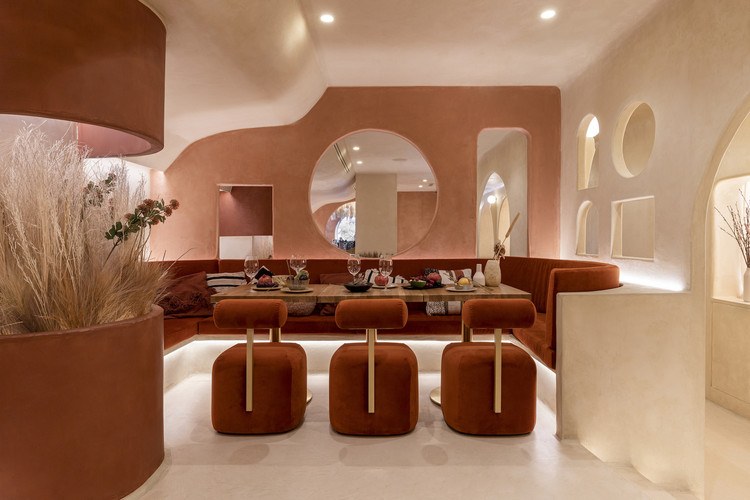
“The details are not the details. They make the design.” – Charles Eames. Creating attractive spaces that anticipate the needs of users relies on several factors: scale, circulation, functionality, and comfort. However, the past few decades have proved that the visual appeal of a project is also greatly important, and can make or break the interior space. In this interior focus, we will explore the aesthetic side of interior design, looking at popular styles across the world and how architects and designers use elements such as color, furniture, accessories, and finishes to define their spatial identity.
There is often a confusion between interior architecture and interior design, as they do tend to overlap occasionally. Interior architects tackle the technical stages of a project; they work on structural renovations, the spatial organization and functionality of a space, the circulation of users, and ensuring that the building structure and codes promote a safe and habitable living space. Interior designers and decorators, on the other hand, are more about aesthetics. They are in charge of creating visually-pleasing and meticulous designs within existing structures. Similar to architecture, each era saw a unique interior style. Streamline Modern for instance, which first appeared in France in the 1920’s, was characterized by rich colors, bold geometric shapes, and lavish ornamentation. Whereas Mid-century Modern, the American design movement that rose to popularity in the United States’ post–World War II period, featured designs that were rooted in functionality, clean lines, and simplicity, using materials such as wood, metal, and glass.
Read more about this Article on https://www.archdaily.com/982222/interior-design-aesthetics-22-projects-that-explore-trending-interior-styles.
The sole intention of posting this article here is to improve the knowledge of the reader only and not for any commercial gains.
